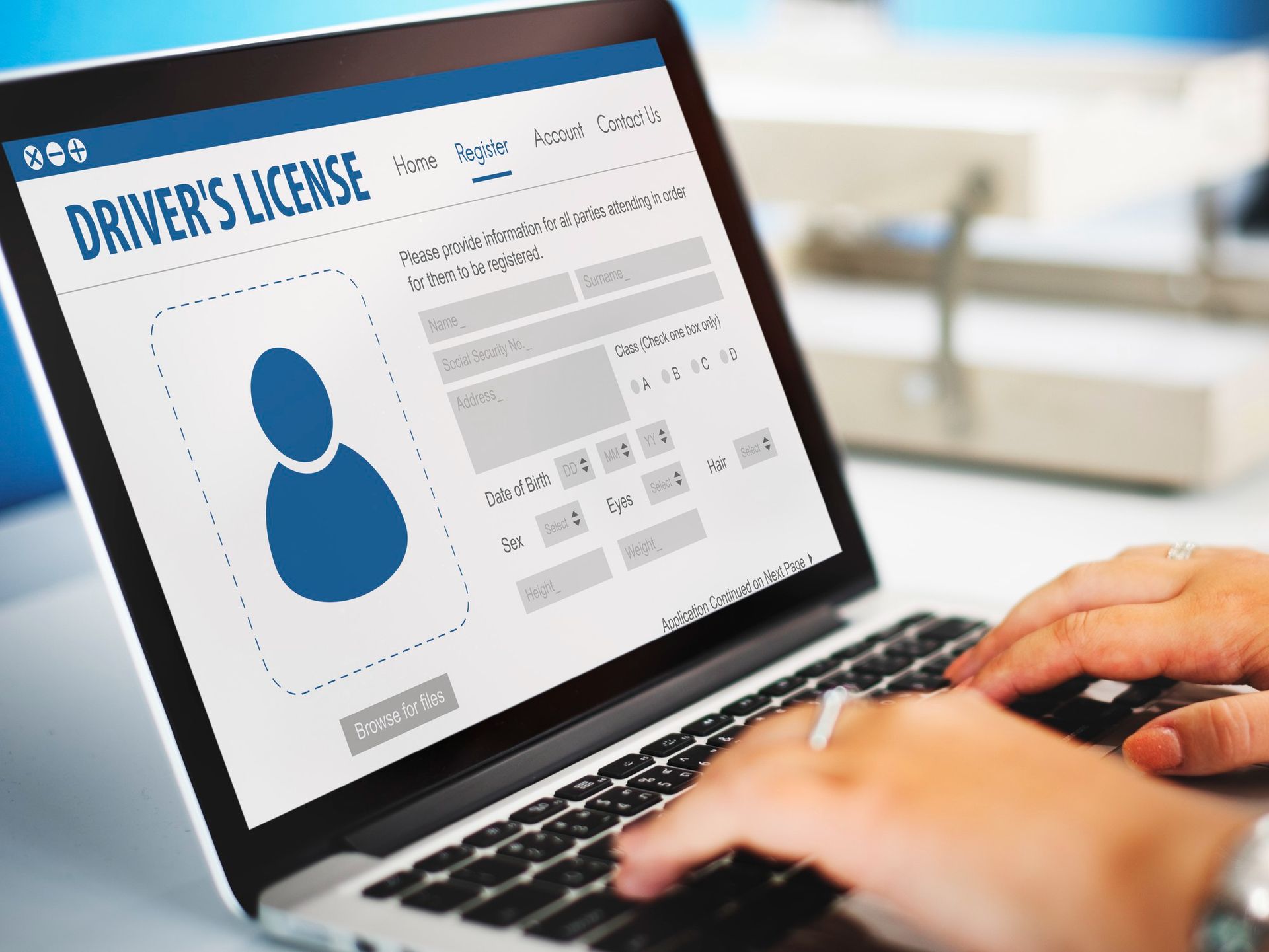Difference Between Goods in Transit Insurance and Carrier's Liability Insurance
Why a Goods in Transit Policy Alone isn't Enough for Transporters
Most transporters believe that having a Goods in Transit (GIT) Policy means they are fully covered in all situations. This is a misconception.
A GIT Policy safeguards against damage or loss to the Goods Owner's cargo. This type of insurance benefits the Goods Owner, not the Transporter. A GIT Policy does not address the Transporter's liability to the Goods Owner or any third party.
Goods in Transit Insurance comes with specific conditions, which vary based on the policy details. Common conditions include:
- Coverage for New Goods: Only new goods are covered for all risks.
- Restricted Conditions for Certain Goods: New goods not in a fully enclosed vehicle/container or second-hand goods, are typically covered only for specific risks like fire, collision, overturning of the transport vehicle, theft following these perils, and hijacking.
- Written Contracts Required: A written contract of carriage is necessary; verbal agreements are not accepted. According to the National Road Traffic Act 93 of 1996, the consignee and consignor must have a written contract detailing each party's responsibilities in the cargo's transportation.
- Not a Carrier's Liability Policy:
Many policies explicitly state that a GIT Policy is not a Carrier's Liability Policy.
GIT Policies are peril-based, not liability-based. They benefit the Goods Owner, whereas a Carrier's Liability Policy is designed to protect the Transporter, as the Carrier.
Understanding a Carrier's Liability Policy
A Carrier's Liability Policy covers claims against the Transporter when goods are lost or damaged due to the Transporter's or their employees' negligence or fault.
When to Claim on a Carrier's Liability Policy?
Transporters must operate under Standard Trading Conditions (STC) or a Specific Contract, both approved by the insurer. Depending on the Transporter's assumed responsibilities, the insurer will defend the Transporter against claims from third parties or Goods Owners. Depending on the policy wording: No STC = No cover given.
If the Transporter’s STC’s provide that all goods are carried at Owner’s Risk or perhaps, the Transporter’s liability is limited, in the event of a claim brought against the Transporter, the Insurer will defend the claim, and it would be up to the Owner of the goods to prove that the Transporter was at fault or acted negligently, and this caused damage to the goods concerned. If the cargo interest can prove this, there would be a claim under the Transporter’s Carrier’s Liability Policy.
Practical Examples
- Verbal Agreements: Without a written contract, there is no claim under the GIT policy. However depending on policy wording a claim might be possible under the Carrier's Liability Policy if the Transporter is at fault.
- Negligence: For instance, if a large piece of second-hand cargo hits an overhead bridge without a collision, the GIT Policy would not cover this, but a claim could be made under the Carrier's Liability Policy due to the Transporter's negligence in not measuring the bridge height.
- External Insurance: Often, the Goods Owner has their own GIT policy covering goods transported by others. If an incident occurs, the Goods Owner's insurer may pay the claim but seek to recover losses from the Transporter through subrogation. In such cases, a Carrier's Liability Policy is crucial to protect the Transporter.
An incident occurs, and the Goods Owner’s insurer pays the claim under the Goods Owner’s Marine or GIT Policy. However, in a struggling economy:
- The Insurer wants to recover its loss from the party responsible for the loss and;
- The Good’s Owner does not want this loss affecting their loss ratio, which could cause the Insurer to increase its premiums. So, the Insurer will try and recover from the Transporter under subrogation.
- The Good’s Owner also wants to recover the applicable excess.
Any claim brought against a Transporter under subrogation in these circumstances, (where there was no responsibility for the goods being passed onto the Transporter as the Goods Owner took out its own GIT/Marine Insurance and was responsible for the goods on an “Own Risk” basis)), will fall under a Carrier’s Liability Policy and not the Transporter’s GIT Policy. Without Carrier’s Liability cover in place, the Good’s Owners and/or its Insurer could commence legal proceedings against the Transporter directly for the recovery of losses and damages- and the Transporter would be uninsured and have to defend itself on that basis.
ClientSure's Commitment
Every Transporter should have a Carrier's Liability Policy in addition to a GIT Policy. Carrier's Liability Policies can be standalone.
Contact ClientSure for a quote today. Your protection is our priority!
Disclaimer from ClientSure Brokers
ClientSure Brokers makes every effort to ensure the accuracy and reliability of the information in our publications. However, we are not liable for any actions taken based on the content or recommendations provided. The information is intended solely for informational purposes.


© Clientsure 2024 | Authorised Financial Services Provide FSP 44496 | All Rights Reserved | Designed by Iraya Tech

